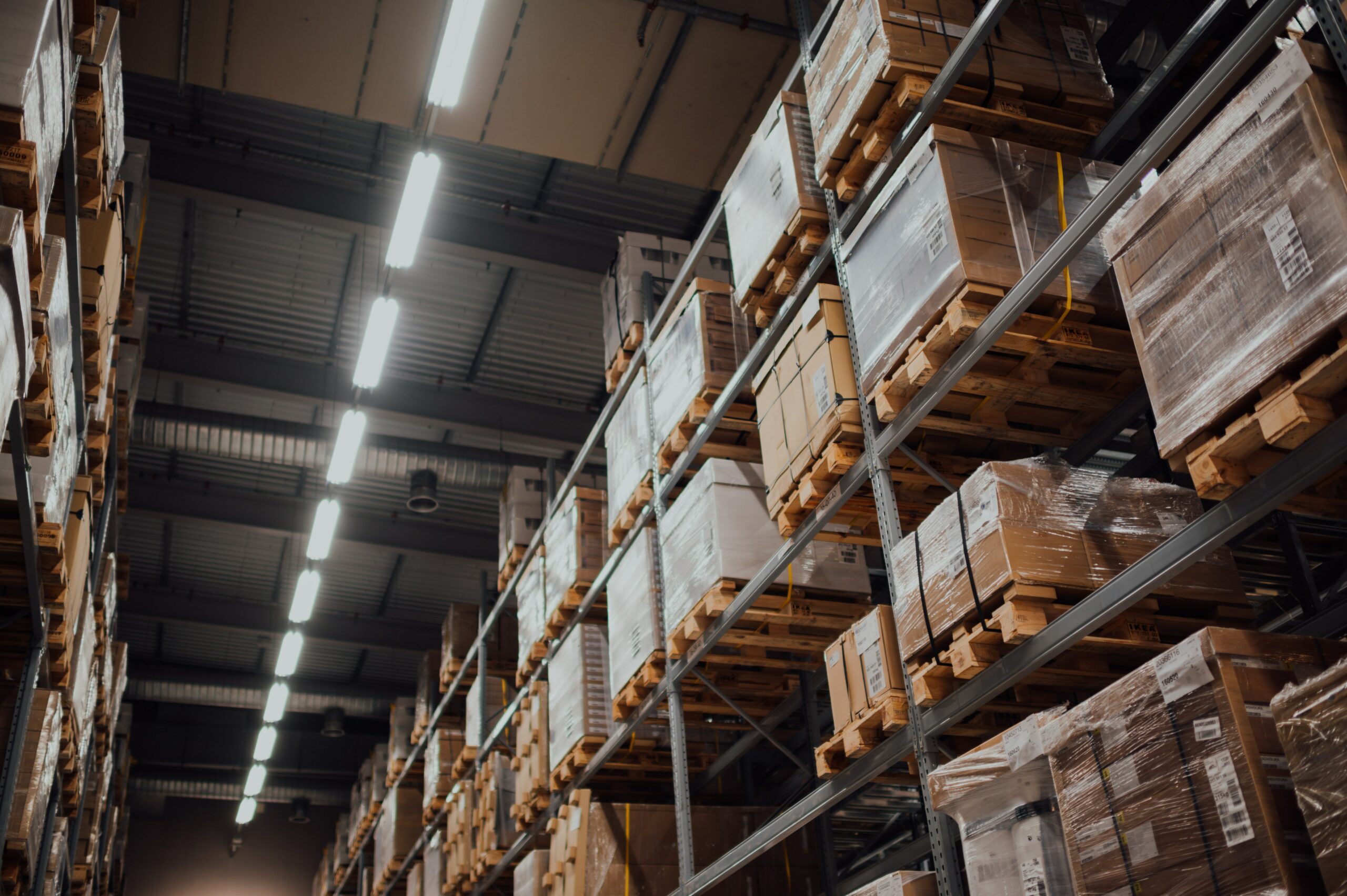What Is Fill Rate and Why Does It Matter?
Fill rate refers to the number of orders that a company can fill over a certain period. A high fill rate indicates that the company can meet customer demand and keep up with product demand. On the other hand, a low fill rate can lead to customer dissatisfaction and decreased sales.
Fill rate is important because it directly impacts a company’s bottom line. Labor costs are one of the most significant expenses for any business, and a high fill rate can help offset these costs. Additionally, a high fill rate can lead to happier customers and increased sales, and conversely, a low fill rate can result in lost customers and decreased sales.
Several factors can impact fill rate, including lead time, order accuracy, and product availability.
Table of Contents
Lead Time
Lead time is the part of the process that is under the company’s control. It includes the time it takes to receive an order, pick the items, pack them, and ship them out. A shorter lead time means a higher fill rate.
Order Accuracy
Order accuracy is another important factor that impacts fill rate. If an order is inaccurate, it can delay shipping and lead to customer dissatisfaction.
Product Availability
Product availability is also a critical factor in determining fill rate. If a product is out of stock, it can’t be shipped, which will result in a lower fill rate.
The fill rate measures how well a company meets customer demand. A high fill rate indicates that a company can ship orders quickly and accurately, while a low fill rate suggests that the company cannot keep up with customer demand. Labor costs, automation, and order accuracy are important factors impacting fill rate.
Labor Costs and Automation
Labor costs can have a significant impact on the fill rate. If it takes a long time to pick and pack orders, then the company’s fill rate will be lower. Automation can help to reduce labor costs and improve fill rates.
How to Calculate Fill Rate
To properly calculate the fill rate, you need to consider two factors: accuracy and timeliness.
First, calculate the accuracy of your orders. This can be done by taking the number of orders that were filled correctly and dividing it by the total number of orders placed.
Next, calculate the fill rate for each order by taking the number of items shipped and divided by the total number of items in the order.
The fill rate can be expressed as a percentage or as a decimal.
Why Fill Rate Matters
Fill rate is important because it affects customer satisfaction. If a company has a low fill rate, customers are not getting their orders on time or are not receiving all of the items they ordered. With this in mind, you should always calculate your fill rate to track your progress and improve your operations.
What Is Service Level?
As opposed to fill rate, the service level is the percentage of orders shipped on time. For example, if a company has a fill rate of 80% and a service level of 90%, it means that 80% of orders were filled, and 90% of those orders were shipped on time.
Understanding Demand Satisfaction
Demand satisfaction refers to the number of products or SKUs that a company has available to sell at any given time. If a company has 100 SKUs and 50 are out of stock, the company’s demand satisfaction is 50%. Only half of the products that customers want are available for purchase. Achieving a high fill rate is impossible if a company does not have enough product in stock.
You can improve demand satisfaction by managing inventory levels and knowing when to reorder products. Doing so ensures that you have enough product on hand to meet customer demand.
How to Improve Fill Rate
There are a few ways to improve your fill rate:
Labor Costs and Automation
One way to improve your fill rate is to automate your processes. This will help to reduce errors and increase efficiency. Additionally, it will help to free up your employees’ time so that they can focus on other tasks.
Review Your Processes
Another way to improve your fill rate is to review your current processes and innovate where you can. This includes looking at how orders are placed, how they are fulfilled, and how they are shipped. If you can identify any bottlenecks or areas of improvement, you can make changes to improve your fill rate.
Hire Professionals With Experience
With the right help, you can improve your fill rate and avoid common mistakes. Hiring a third-party logistics provider (3PL) with experience in your industry can be a great way to get started. They can help you streamline your processes and ensure that your products are shipped on time and in perfect condition.
What’s the Best Fill Rate?
The best fill rate is close to 100%. This means you can ship all orders on time, without any errors. However, a fill rate of 100% is not realistic or achievable. Depending on your industry and product, a fill rate of 95-98% may be more realistic.
Takeaway
Fill rate is an important metric to track for any business that ships products to customers. A high fill rate means that you can meet customer demand and avoid stockouts. A few key ways to improve your fill rate include automating your processes, reviewing your current procedures, and hiring professionals with experience. You can ensure that your products are shipped on time and in perfect condition by taking these steps.
In Other News from DesignRush:
https://spotlight.designrush.com/news/2023-09-01-microsoft-unbundle-teams-365-apps-appeases-eu





